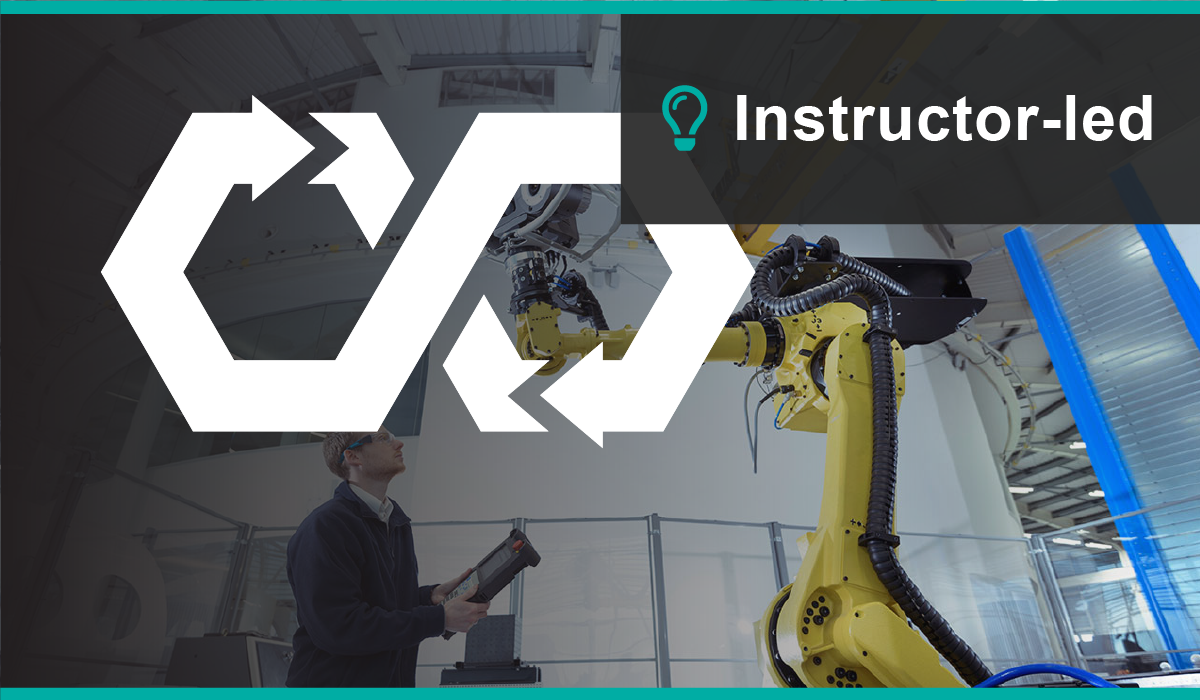
Wind River Simics System Modeling
Learn to use Wind River® Simics® Model Builder for modeling systems.
This course provides engineers and system architects with a fast, cost-effective way to learn to use Wind River® Simics® Model Builder for modeling systems. Wind River Simics Model Builder is an add-on to the Wind River Simics system simulator that lets you create your own models, ranging from simple devices to complex, multi-component systems. The course explains how to build models of on-chip systems and boards from an existing set of devices and other components.
After taking this course, participants will be able to perform the following:
- Follow the general component modeling process
- Create hierarchical component models in Python
- Compile components and test them for correct functionality, including Simics features like checkpointing and reverse execution
Products Supported
- Wind River Simics Model Builder for Simics 6
- Wind River Simics Model Builder for Simics 4.8
Course Format
- This one-day, expert-led course consists of lectures and lab sessions.
- Attendees use Wind River Simics Model Builder for Simics 6 to gain experience with the topics presented.
- Participants write, compile, and test Python code to model custom systems.
- Participants receive individual guidance from an expert engineer who has extensive experience with Wind River technologies.
AUDIENCE
- Software developers and testers
Prerequisite Skills
- Some experience with embedded software development
- Python programming experience
- Basic understanding of simulation
Prerequisite Courses
- Wind River Simics Essentials
Related Courses
- Wind River Simics Device Modeling
- Wind River Simics System Panel
SYLLABUS
Day 1
The System Modeling Process
- Terminology
- Process
- Utilities
- Eclipse integration
- LAB: Planning a Simics system model
- LAB: Preparing the modeling environment
Basics, Device Information, and Attributes
- Component basics
- Getting device information
- Component attributes
- LAB: Creating a component
Handling Slots, Creating Components, and Manual Testing
- Handling slots
- Compiling and creating components
- Manually testing components
- LAB: Adding slots and testing manually
Connectors
- Connector concept
- Connector behavior
- Connector implementation
- Connector slots
- LAB: Adding and using a connector
GUI Integration and Machine Scripts
- GUI integration
- Machine script concept
- Machine script creation
- LAB: Modeling a board—the first iteration
Common Modeling Tasks
- Configuring memory maps
- Connecting devices
- Debugging component code
- LAB: Modeling a board—the second iteration
Test Automation
- Test suites
- Eclipse integration
- LAB: Automating test execution
Buy Now
COURSE DETAILS SUMMARY
- Duration: 1 Days
- Course Information: View
- Format: Lectures and Labs
- Type: Instructor-led











